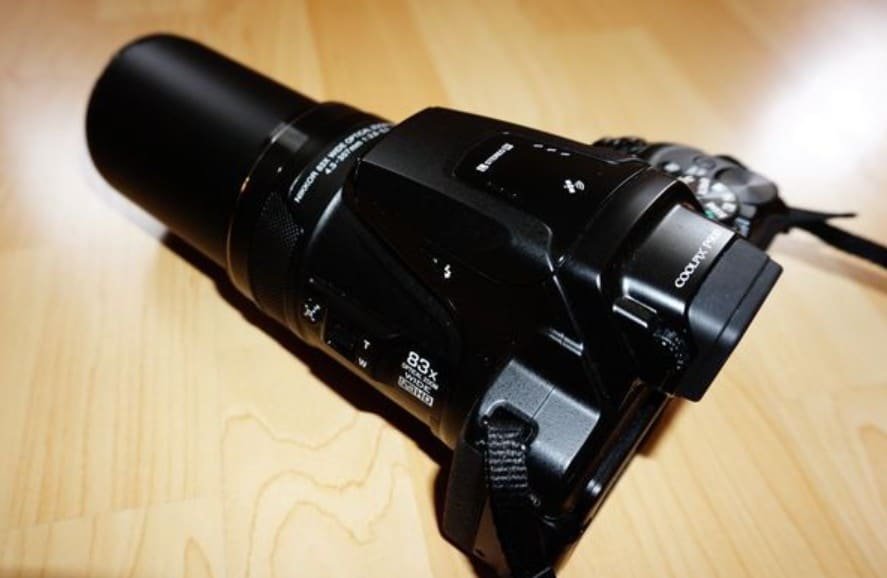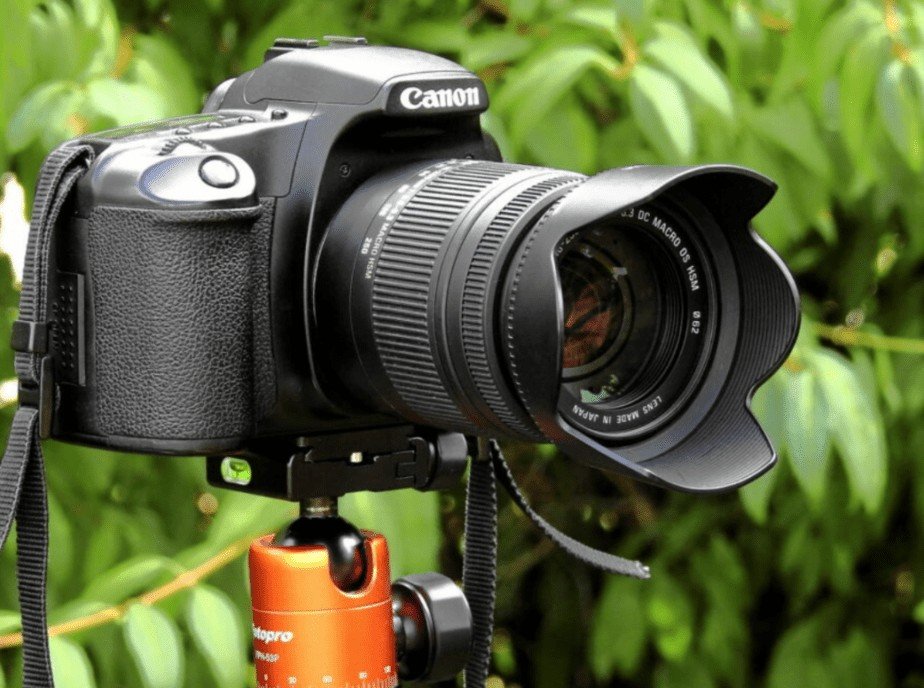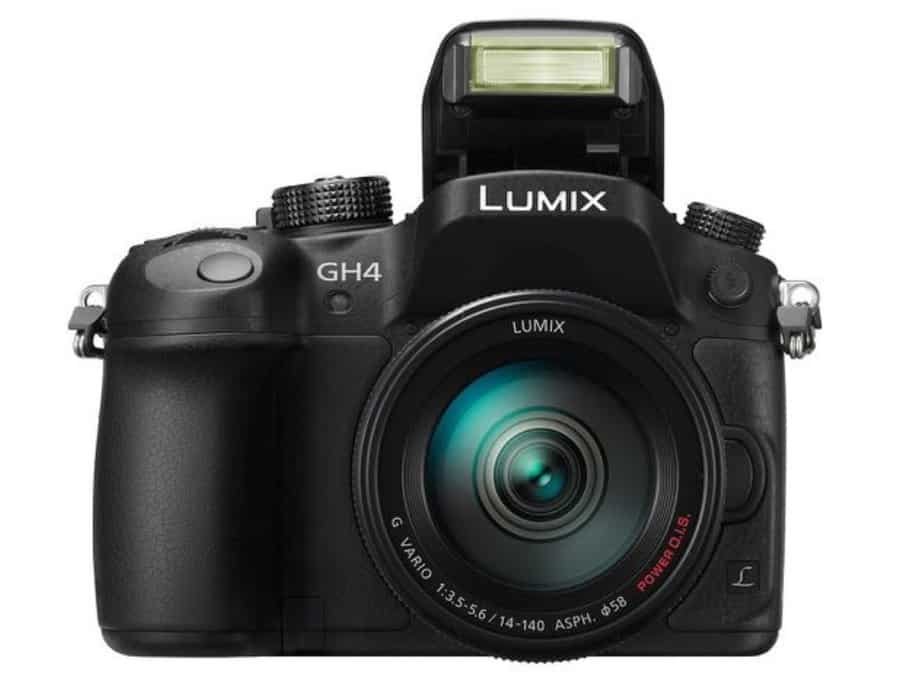Photos and videos have become indispensable in today’s life. Although a lot of good photos are also taken with the smartphone, many newcomers often ask themselves whether they should buy a compact camera, DSLM, DSLR, or bridge camera. In this post, we will help you know the best cameras for beginners.
DSLR, compact camera, bridge camera, or DSLM?
There are different types of cameras, each with their own advantages and disadvantages. But what do the terms DSLR, compact camera, bridge camera, and DSLM actually mean?
The compact camera

These cameras convince with a very good quality and are more than sufficient for normal use. The zoom range on these cameras is usually surprisingly high. To use these cameras professionally, however, the quality and setting options are often lacking.
A perfect example of a compact camera is the Sony in the RX100 series.
The bridge camera

There are also some with a slightly larger 1-inch sensor. In general, these cameras offer a good interim solution with many functions and a more compact design.
The good automatic and the scene programs are very helpful, especially for beginners. These cameras also offer at least full HD video recording options. With some models, videos in 4K resolution are also possible. The bridge camera is a good choice for those who do not have to worry about different lenses, but always want to have the right focal length with them.
DSLR – the reflex camera

One of the essential features of the DSLR is the mechanical mirror structure that can see the part of the image when looking through the viewfinder. When you let go of the shutter button, the mirror flips up and makes a familiar sound. However, you cannot see the entire picture in the viewfinder and then record it. This is a minor drawback.
The quality of the sensors used varies greatly. For example, APS-C sensors are often used in cheaper digital SLR cameras because they are smaller and therefore the sensors are cheaper. On the other hand, full-frame sensors offer a higher resolution.
There are other features that make DSLR interesting. You can equip them with different lenses and use them for all possible applications. In general, digital SLR cameras have a lot of accessories.
The disadvantage is that there is a risk of contamination of the image sensor when the lens is changed. So you have to be very careful. In addition, digital SLR cameras are larger and heavier than bridge cameras and compact cameras.
DSLM – the system camera

Thanks to the digital viewfinder, you can always see exactly what was actually recorded. Hence, these cameras tend to offer better night vision capabilities as well. The latest cameras also have very fast autofocus, but this is paid for by a slightly higher battery load.
In addition, digital SLM cameras are much younger than digital SLR cameras. Because of this, there aren’t that many accessories and lenses. Of course, you can also use different lenses here.
A big advantage is the noiseless photography which can be beneficial in some situations.
Which camera is suitable for which purpose?
Best Camera for beginners
DSLR or DSLM is usually not a good thing here, since beginners simply cannot take advantage of many options. In addition, you have to invest more money in the lens. Therefore, the first choice for beginners is usually compact cameras and bridge cameras. Unless you want to get right into the hobby of photography right away. Then you should invest a little more in technology.
Advanced cameras
Advanced users can use higher-quality bridge cameras, system cameras, or even an entry-level SLR. They have all the functions you need. In addition, you can gain your first experience with the technology. Compact cameras are no longer sufficient here.
Cameras for professionals and experts
Professionals have a wide range of DSLR and DLSM cameras to choose from, especially when looking at the accessories. It is ultimately a matter of taste whether it is a high-quality camera with or without a mirror. There are almost no upper limits in terms of equipment and price.
The bottom line
No matter which camera you ultimately choose, you can take good pictures with all camera types. You don’t always have to buy expensive and new cameras. You can opt for used ones.
Since these mostly still have the same functionality as new models. In addition, you should know that it is not just a camera that makes a good photo, but also the skills of the photographer.
